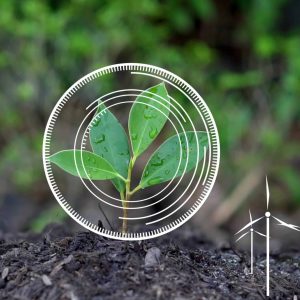Explore how data science is revolutionizing crop monitoring and management, utilizing advanced technologies like satellite imagery and machine learning to boost agricultural efficiency and sustainability.
Introduction: The Importance of Data Privacy and Security
Data science is transforming the agricultural sector, revolutionizing the way farmers monitor and manage their crops. This innovative approach leverages cutting-edge technologies such as satellite imagery, remote sensing, and machine learning algorithms to enhance the precision and efficiency of agricultural practices. In this article, we delve into how these technologies are enabling farmers to detect and respond to crop issues with unprecedented accuracy and speed.
Leveraging Technology for Early Detection
Satellite imagery and remote sensing technology have become fundamental tools in modern agriculture. They allow for the continuous monitoring of crop health on a large scale, identifying signs of stress, disease, or pest infestation early on. This early detection capability enables farmers to take prompt action to mitigate issues, preventing them from escalating and leading to significant crop loss.

Real-Time Insights for Timely Interventions
The real-time data gathering and analysis provided by data science are crucial for making swift, informed decisions in crop management. Technologies that deliver real-time insights help farmers target interventions more precisely, such as directing irrigation to areas that specifically need it or applying treatments only where signs of disease or pests are detected. This targeted approach not only conserves resources but also enhances the effectiveness of interventions.
Minimizing Crop Loss and Optimizing Yields
Data science-driven strategies significantly reduce crop loss and enhance yield optimization. By addressing agricultural issues promptly and accurately, farmers can maintain optimal growing conditions, maximizing productivity and ensuring the best possible outcomes for their crops. This proactive management is key to sustaining high efficiency and productivity in agricultural operations.
Predictive Analytics for Enhanced Decision Making
Predictive analytics in agriculture uses historical and current data to forecast future conditions, offering valuable insights for decision-making. These models predict crop yields, assess crop health, and anticipate market demands, aiding farmers in planning their cultivation and harvest schedules. Such predictions ensure that harvesting is timed perfectly to maximize crop quality and market value.
Sustainable Practices Through Data-Driven Agriculture
The adoption of data science in agriculture promotes more sustainable farming practices. By optimizing resource use and reducing reliance on chemical treatments, data science aids in preserving ecological balance and enhancing the sustainability of farming operations, making agriculture more environmentally friendly.
Conclusion
The ongoing advancement of data science technologies promises a brighter future for the agricultural sector. As these technologies continue to evolve, they provide farmers with sophisticated tools that not only increase efficiency and yield but also foster a more sustainable approach to farming. This high-tech, data-driven transformation is setting a new standard for the agricultural industry, marking a significant shift towards more intelligent and sustainable farming practices.
In closing, the integration of data science into crop monitoring and management is a pivotal development in agriculture. It heralds a new era of precision and efficiency, significantly enhancing both the productivity and sustainability of farming practices worldwide.













